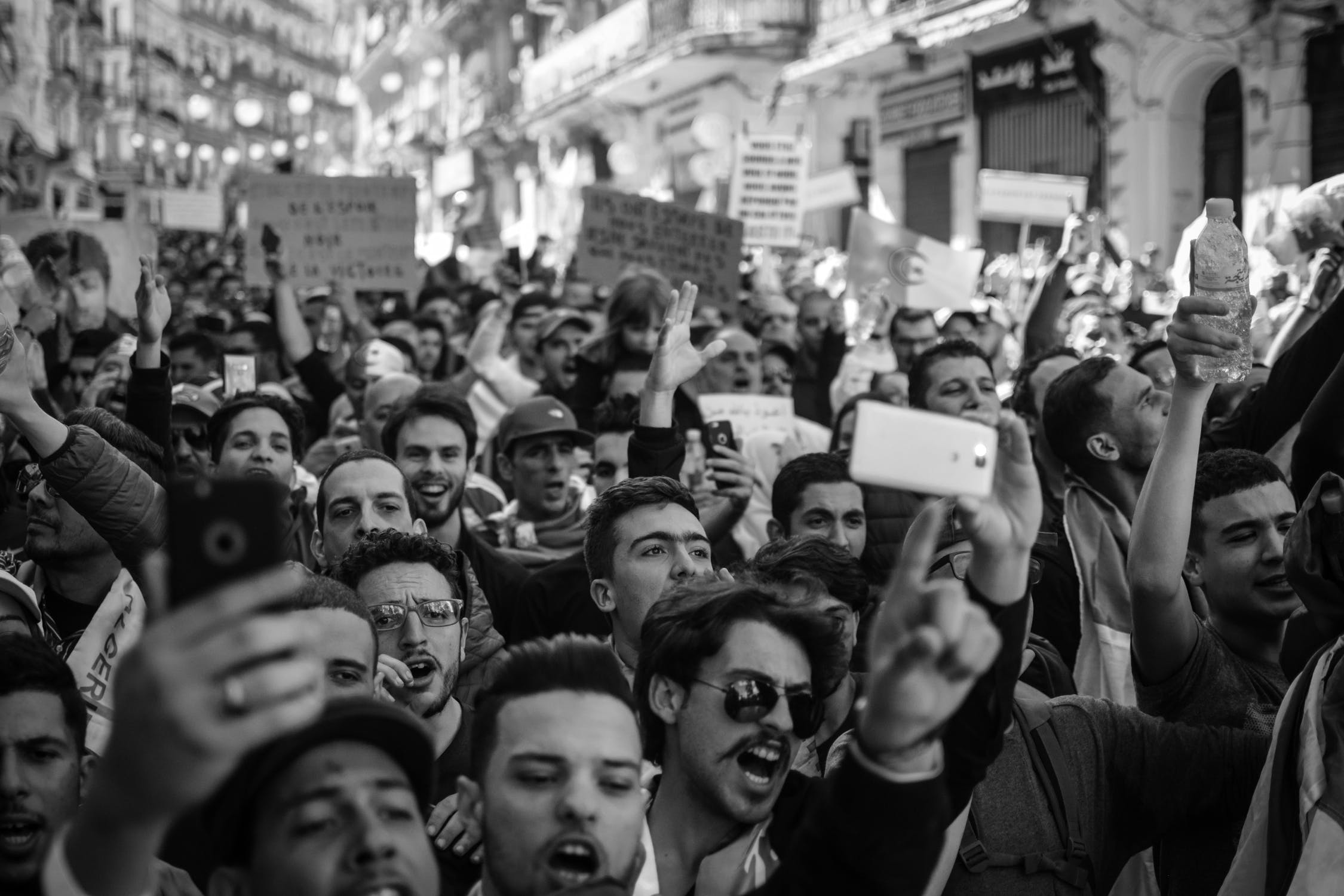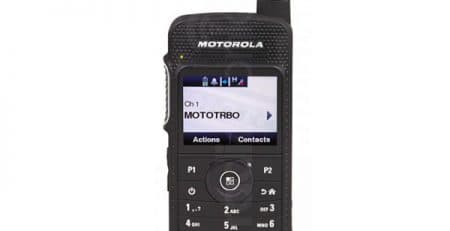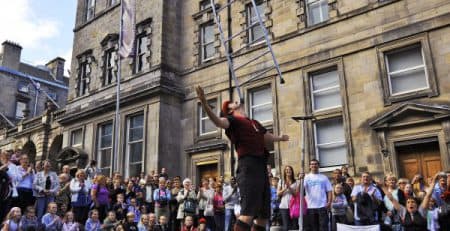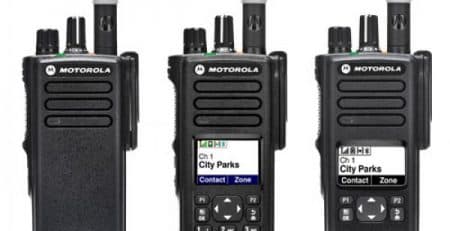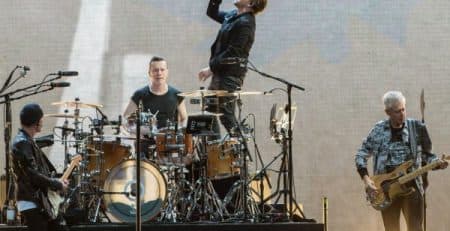In-Store Events and Crowd Management a Challenge this Festive Season
When Justin Bieber switched on the Christmas lights at Westfield Stratford City eight years ago, thousands of fans descended upon the 1,910,000 square feet shopping centre (one of the biggest in Europe).
His arrival and departure were shown live on TV screens throughout the centre, and many fans queued backstage from 2 am for a chance to meet and speak to the star. It was crowded, to say the least.
Designated viewing areas had been cordoned off but by early afternoon they had been filled to capacity and had to be closed. Luckily, the entire process was managed meticulously through site-wide communication and coordination.
These kinds of in-store events are becoming the norm at retail shopping centres. Today’s shoppers are looking for more than just what’s available in a store – they want an experience. As a result, retail centres are now so much more than just shopping destinations; many have cinemas, restaurants, bars, bowling alleys, supermarkets, and other amenities, they also host events year-round – from film premieres to gigs.
These centres need to be able to coordinate efforts and communicate site-wide to ensure retail security, event safety and smooth operation. But how?
- Managing crowds across a site
As we approach Black Friday, Cyber Monday and – the big one – Christmas, retail centres will attract millions of visitors and host hundreds of events.
But with so many people visiting over the festive period, either to shop or attend an event, there’s always the possibility of overcrowding – raising health, safety and security concerns.
A good example of what can go wrong without the right protocols in place is Costco. Earlier this year, Costco was forced to close its store in Shanghai early due to “large crowds of bargain-hunting shoppers” on its opening day.
Over the festive period, retail security and crowd management teams will no doubt be spread thin, so centre managers will have to bring in additional staff. What’s crucial, however, is that these teams are equipped with the right communication solutions to manage crowds, keep people safe and respond to incidents.
Mobile phones and email just won’t cut it. They’re too slow and provide very little contextual information. When overcrowding happens, it happens quickly and can often lead to frustration, panic, and even injury.
Security and crowd management teams must, therefore, have real-time communication solutions, i.e. two-way radios, to effectively manage the flow of crowds. They can readily inform centre managers about capacity and identify bottlenecks. Also, if someone is injured, they can activate the ‘man down’ feature on the radio to signal for help and enable GPS tracking so other teams can see where they are.
- Communicating wherever, whenever
Have you ever noticed how difficult it is to make a call or send texts whilst in a crowded retail centre? That’s because the mast servicing the area is at maximum capacity.
If the mobile tower is congested, calls and texts will be pushed to the next tower which is less congested – causing calls to be missed, texts delayed or signal interrupted. For facilities management, event management and security teams any delay in communication could cause a problem. Real-time, unrestricted communication can be achieved with two-way radio systems and a series of repeaters to increase signal coverage. Two-way radios use their own networks (supported by a repeater), so users don’t have to worry about signal congestion.
Furthermore, with noise-cancelling earpieces (take the Motorola EP900w, for example) to filter out background noise, teams can communicate with confidence, however, packed the retail centre.
- Controlling activities and teams
Retail centres are complex operations; from cleaners and catering staff to security teams and control room operators, these teams, need to be kept in the loop. For example, if food supplies need to be restocked or toilets cleaned, the caterers and cleaning staff need to know. Failing to address these problems – particularly during the busy festive period – will lead to disgruntled customers at restaurants and long queues at toilets, affecting the overall customer experience.
With two-way radio communication, caterers and cleaners can communicate with a central control room operator who can then speak to stock management, ensuring the necessary items are available as soon as possible.
Similarly, event management teams need to think about in-store event security and, when necessary, be able to give instructions discreetly to other members of the team.
Two-way radios can be used to submit messages between team members without alerting the public – they can communicate using clip-on microphones and earpieces, keeping communication private – or even send text messages.
The retail experience is changing
Retail centres are being reimagined as experience centres; they become all-in-one destinations for shoppers, foodies and movie-goers. As a result, retail management staff need to equip teams on the ground with the communication tools they need to ensure customers have a safe and pleasant experience.
As the festive season approaches, it’s up to retail centre managers to hire or purchase two-way radio systems to facilitate real-time, wide-area communication. Without them, crowds and chaos could ensue.

